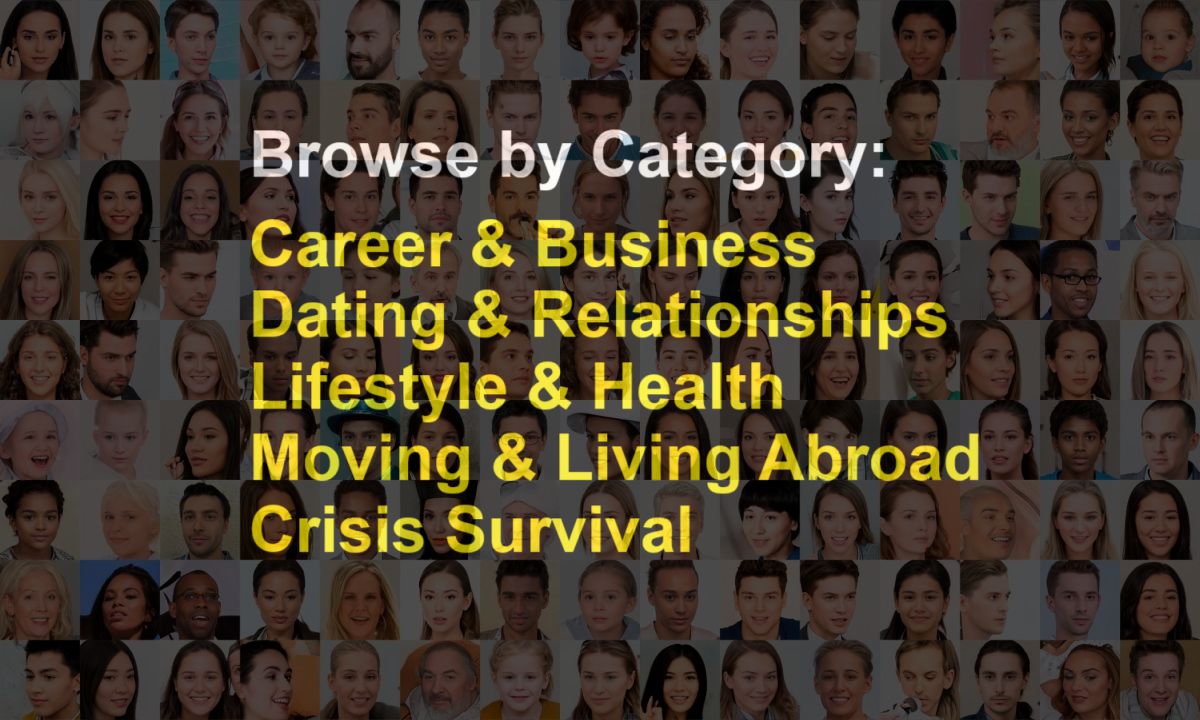Last Updated on April 15, 2025 by Bertrand Clarke
Meta, formerly known as Facebook, stands as a global technology behemoth with a sprawling ecosystem of social media platforms, messaging services, and ambitious forays into emerging technologies. This SWOT analysis delves into the company’s Strengths, Weaknesses, Opportunities, and Threats, providing a comprehensive overview for marketers, market researchers, industry analysts, academics, job seekers, and businesses seeking to understand Meta’s strategic position and future prospects.
I. Strengths:
- Dominant Market Position: Meta commands a leading position in the social media landscape with its flagship platforms: Facebook, Instagram, and WhatsApp. Each boasts billions of monthly active users (MAUs), making Meta the undisputed king of social networking. This massive user base translates into unparalleled reach and influence.
- Extensive User Data: A byproduct of its vast user base is an unparalleled wealth of data. Meta possesses granular information about its users’ demographics, interests, behaviors, and connections. This data is a goldmine for targeted advertising, personalized content delivery, and product development.
- Advanced Advertising Platform: Meta’s advertising platform is highly sophisticated, leveraging its user data to deliver precise and effective ad campaigns. Its tools enable businesses of all sizes to target specific audiences based on demographics, interests, behaviors, and even custom-defined parameters. This precision leads to higher conversion rates and a strong return on investment for advertisers.
- Strong Brand Recognition: The Facebook brand, although slightly tarnished in recent years, remains globally recognized and synonymous with social networking. Instagram, with its focus on visual content, enjoys a strong and positive brand image, particularly among younger demographics. WhatsApp, known for its privacy and security features, holds a dominant position in the messaging space.
- Significant Financial Resources: Meta’s consistent profitability and massive revenue streams provide it with significant financial resources. This allows the company to invest heavily in research and development, acquisitions, and strategic initiatives, such as its metaverse ambitions.
- Skilled Workforce: Meta attracts and retains top talent from around the world, particularly in the areas of engineering, artificial intelligence, and data science. This skilled workforce is crucial for driving innovation and maintaining a competitive edge.
- Network Effects: The value of Meta’s platforms increases exponentially as more users join. This network effect creates a powerful barrier to entry for competitors, making it difficult for new social media platforms to gain significant traction.
II. Weaknesses:
- Privacy Concerns and Data Security Breaches: Meta has faced repeated scrutiny regarding its data privacy practices. High-profile data breaches and controversies over data collection and usage have eroded user trust and led to regulatory challenges. This remains a significant vulnerability.
- Reputational Damage: The Cambridge Analytica scandal and other controversies have significantly damaged Meta’s reputation. Concerns about misinformation, hate speech, and the spread of harmful content on its platforms continue to plague the company.
- Dependence on Advertising Revenue: Meta’s revenue model is heavily reliant on advertising. Changes in user behavior, advertising regulations, or the emergence of new advertising platforms could significantly impact its financial performance.
- Challenges in Monetizing New Ventures: While Meta has made significant investments in areas like the metaverse and virtual reality, it has yet to demonstrate a clear path to profitability in these ventures. The timeline for realizing returns on these investments remains uncertain.
- Algorithm Transparency and Bias: The algorithms that power Meta’s platforms are often criticized for their lack of transparency and potential for bias. Concerns have been raised about algorithmic amplification of misinformation and the creation of filter bubbles.
- Slowing User Growth: While Meta’s user base remains massive, growth has slowed, particularly in developed markets. This suggests that the company may be reaching a saturation point in some regions.
- Centralized Control: The centralized nature of Meta’s platforms makes them vulnerable to censorship and control by governments and other powerful actors. This can raise concerns about freedom of expression and access to information.
III. Opportunities:
- Metaverse Development: Meta’s ambitious bet on the metaverse represents a significant opportunity to create a new platform for social interaction, commerce, and entertainment. Success in the metaverse could diversify Meta’s revenue streams and establish it as a leader in the next generation of computing.
- Expansion into Emerging Markets: Significant growth potential exists in emerging markets where internet penetration and social media adoption are still increasing. Meta can leverage its existing platforms and develop new products tailored to the needs of these markets.
- E-commerce Integration: Integrating e-commerce functionality more deeply into its platforms presents a significant opportunity for Meta to generate new revenue streams and enhance user engagement. Features like shoppable posts, in-app purchases, and virtual storefronts can transform Meta into a major player in the online retail space.
- Artificial Intelligence (AI) Advancements: Continued advancements in AI can be leveraged to improve content moderation, personalize user experiences, and enhance advertising effectiveness. AI can also play a crucial role in developing new products and services for the metaverse.
- Augmented Reality (AR) Applications: Augmented reality offers exciting possibilities for enhancing user experiences and creating new applications for Meta’s platforms. AR filters, interactive games, and immersive shopping experiences can drive user engagement and create new advertising opportunities.
- Partnerships and Acquisitions: Strategic partnerships and acquisitions can help Meta expand its reach, acquire new technologies, and access new markets. Collaborations with other technology companies and creative studios can accelerate innovation and drive growth.
- Addressing Privacy Concerns: Proactively addressing privacy concerns and implementing robust data security measures can rebuild user trust and mitigate regulatory risks. Transparency about data collection and usage practices, along with meaningful user controls, can enhance Meta’s reputation and strengthen its position in the market.
IV. Threats:
- Increasing Regulatory Scrutiny: Meta faces increasing regulatory scrutiny from governments around the world regarding data privacy, antitrust practices, and content moderation. Potential fines, restrictions on data usage, and forced divestitures could significantly impact its business.
- Competition from Other Social Media Platforms: The social media landscape is constantly evolving, and Meta faces competition from established players like TikTok and emerging platforms that cater to specific niches. The rise of decentralized social media platforms also poses a potential threat.
- Changing User Preferences: User preferences are constantly evolving, and Meta must adapt to stay relevant. A failure to innovate and meet the changing needs of its users could lead to a decline in engagement and market share.
- Economic Downturn: An economic downturn could negatively impact advertising spending, which is Meta’s primary source of revenue. Reduced advertising budgets could lead to lower revenue and profitability.
- Data Security Breaches: Further data security breaches could erode user trust and lead to significant financial and reputational damage. Robust security measures and incident response plans are essential to mitigate this risk.
- Negative Publicity and Public Backlash: Negative publicity surrounding content moderation, privacy practices, or other issues can lead to public backlash and damage Meta’s brand reputation. Proactive communication and responsible corporate behavior are crucial for managing this risk.
- Technological Disruptions: Rapid technological advancements could disrupt the social media landscape and render Meta’s platforms obsolete. Continuous innovation and adaptation are essential to stay ahead of the curve.
Conclusion:
Meta’s SWOT analysis reveals a complex picture of a company with immense strengths and significant challenges. Its dominant market position, vast user data, and advanced advertising platform provide a solid foundation for future growth. However, privacy concerns, reputational damage, and dependence on advertising revenue pose significant vulnerabilities. The metaverse represents a potentially transformative opportunity, but its success is far from guaranteed. Navigating the evolving regulatory landscape, adapting to changing user preferences, and mitigating the risks of technological disruption will be crucial for Meta’s long-term success. This analysis provides a framework for understanding Meta’s current position and the strategic choices it faces in the years ahead.










